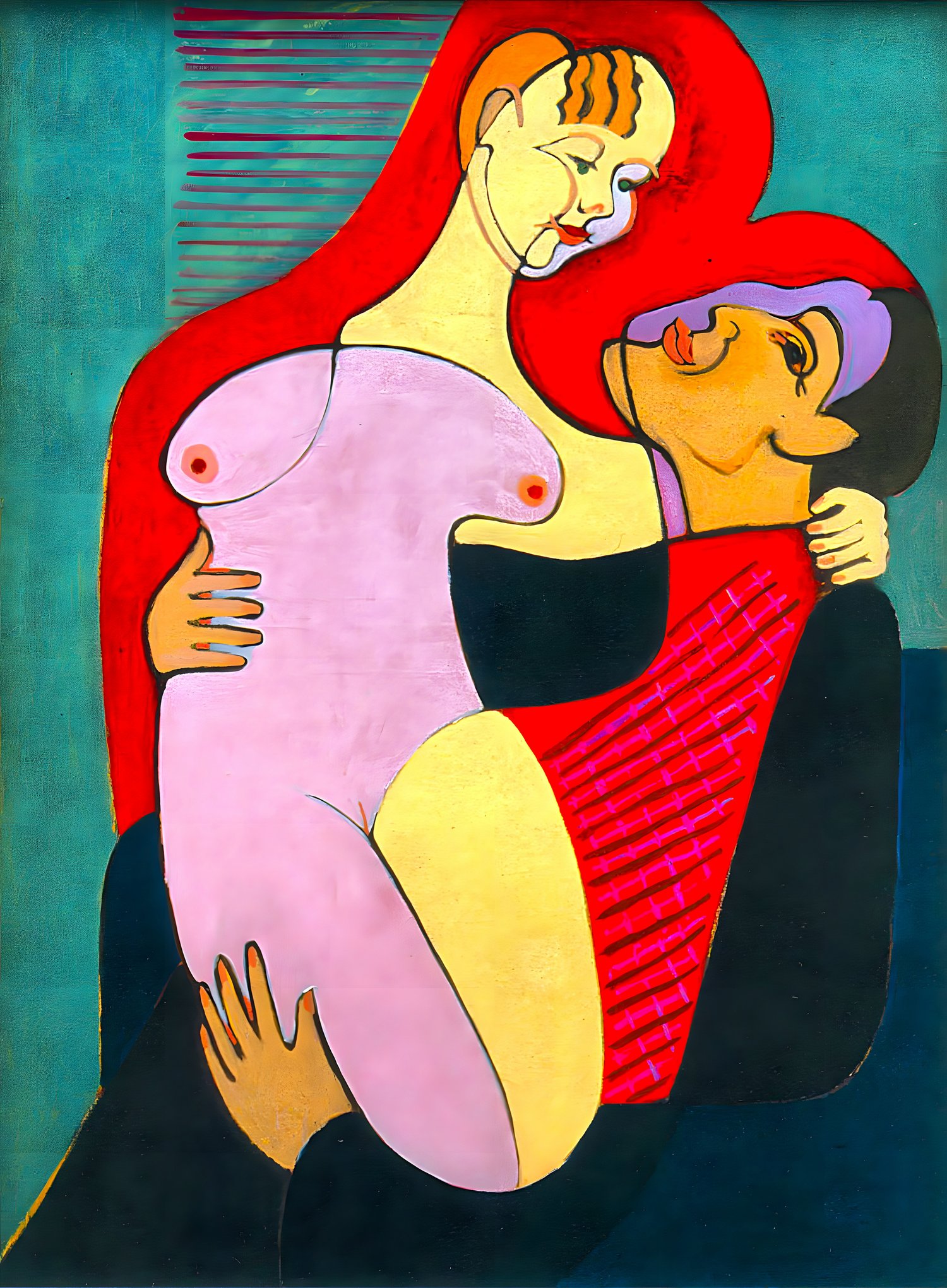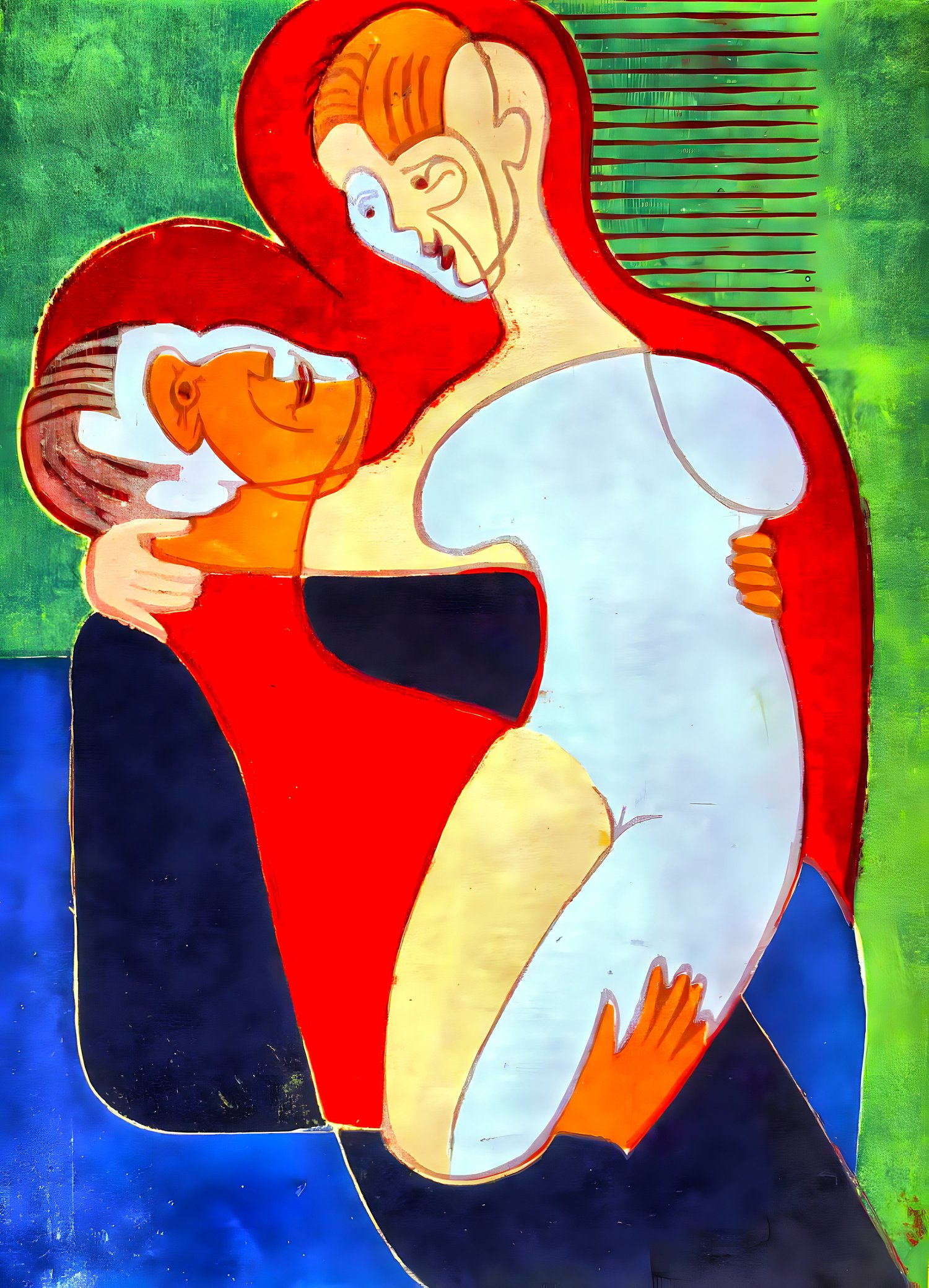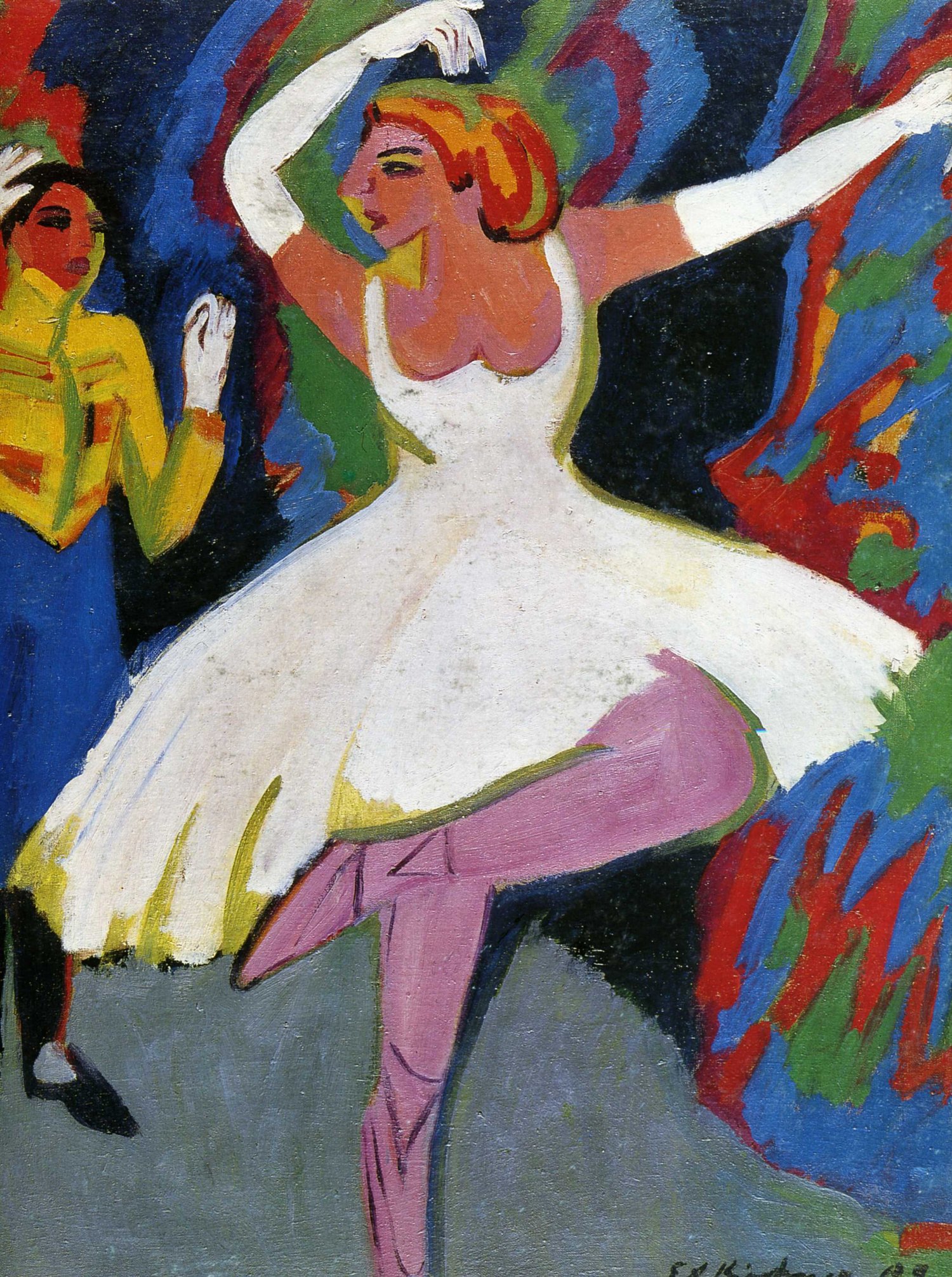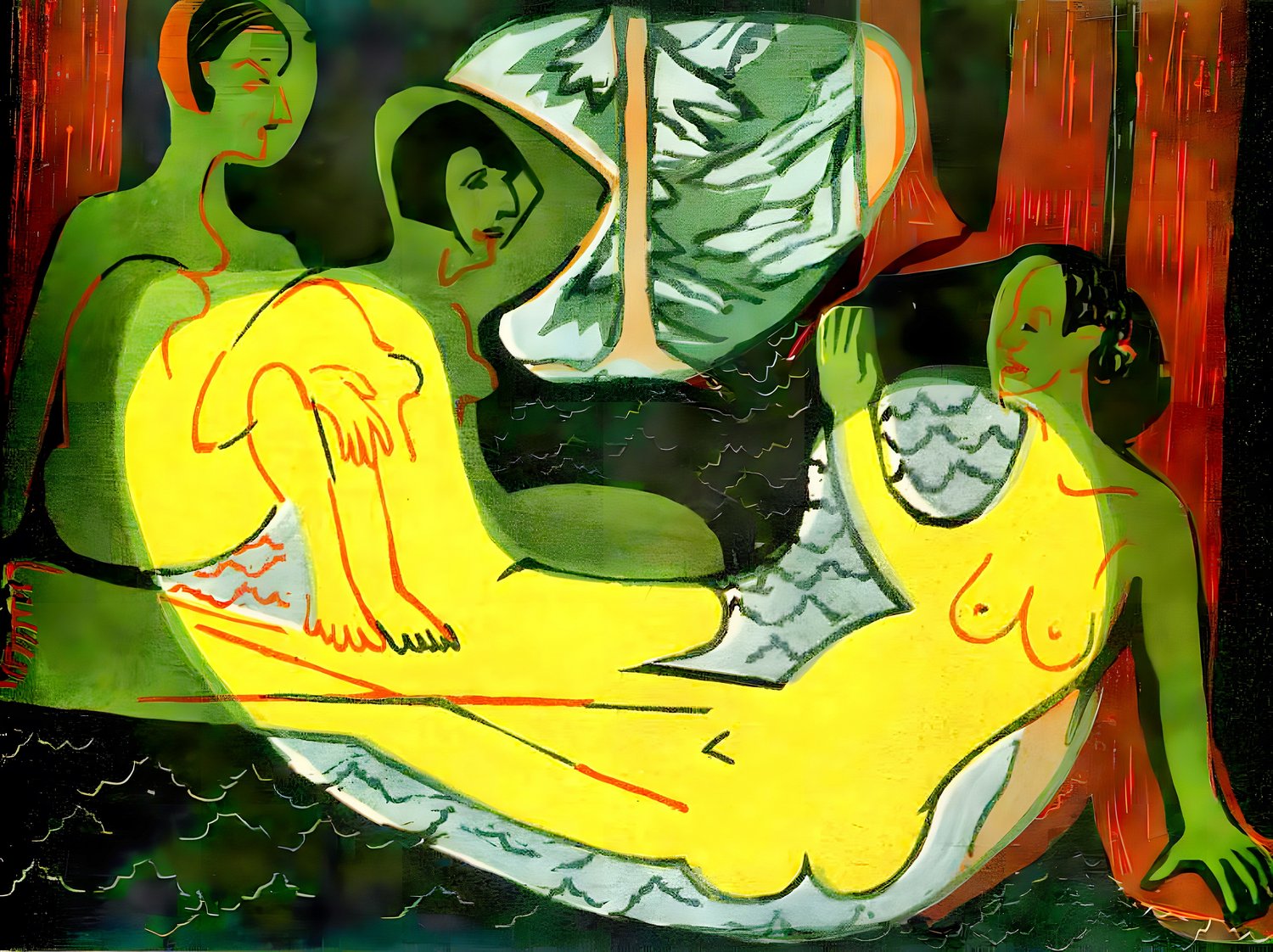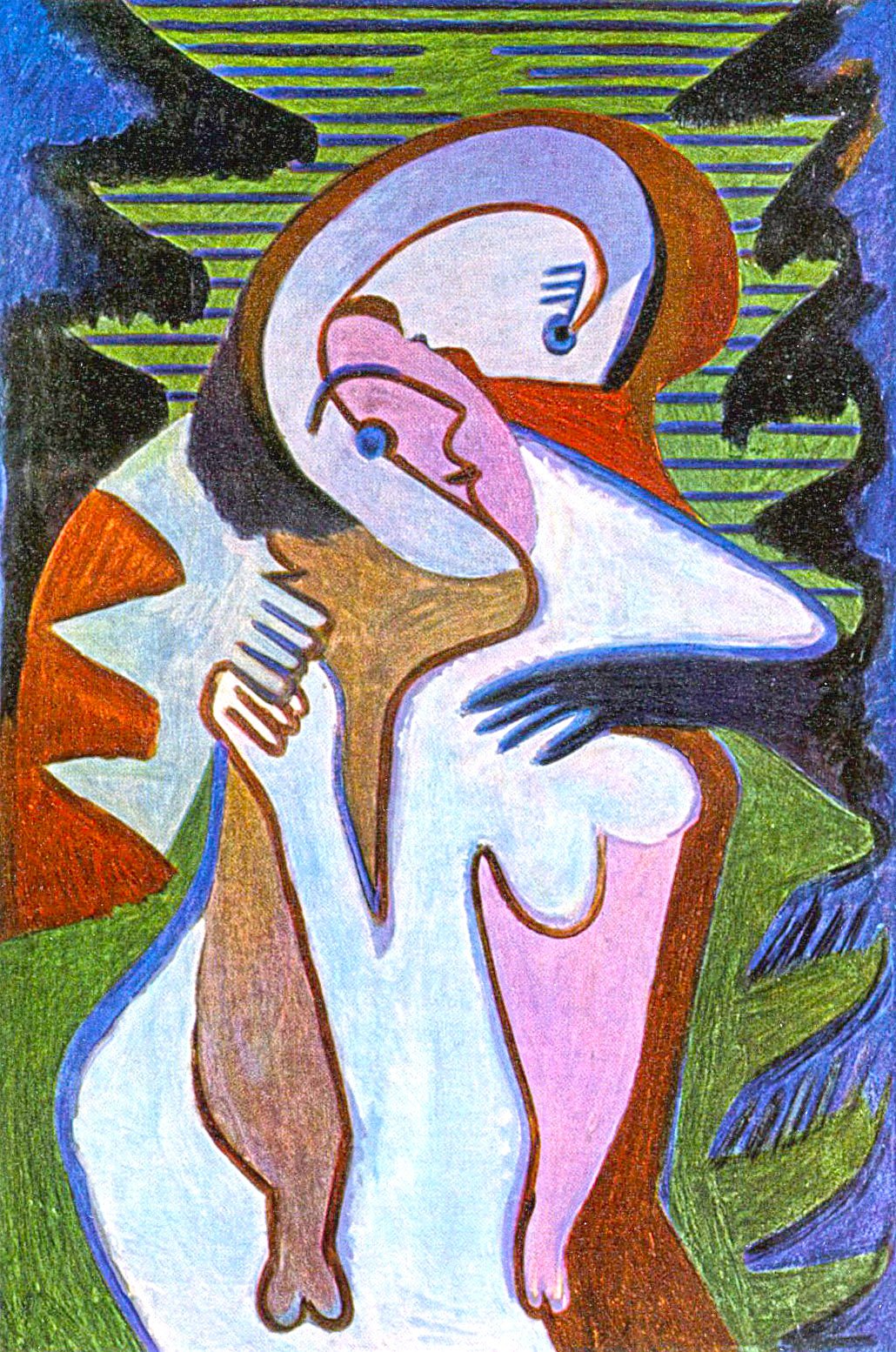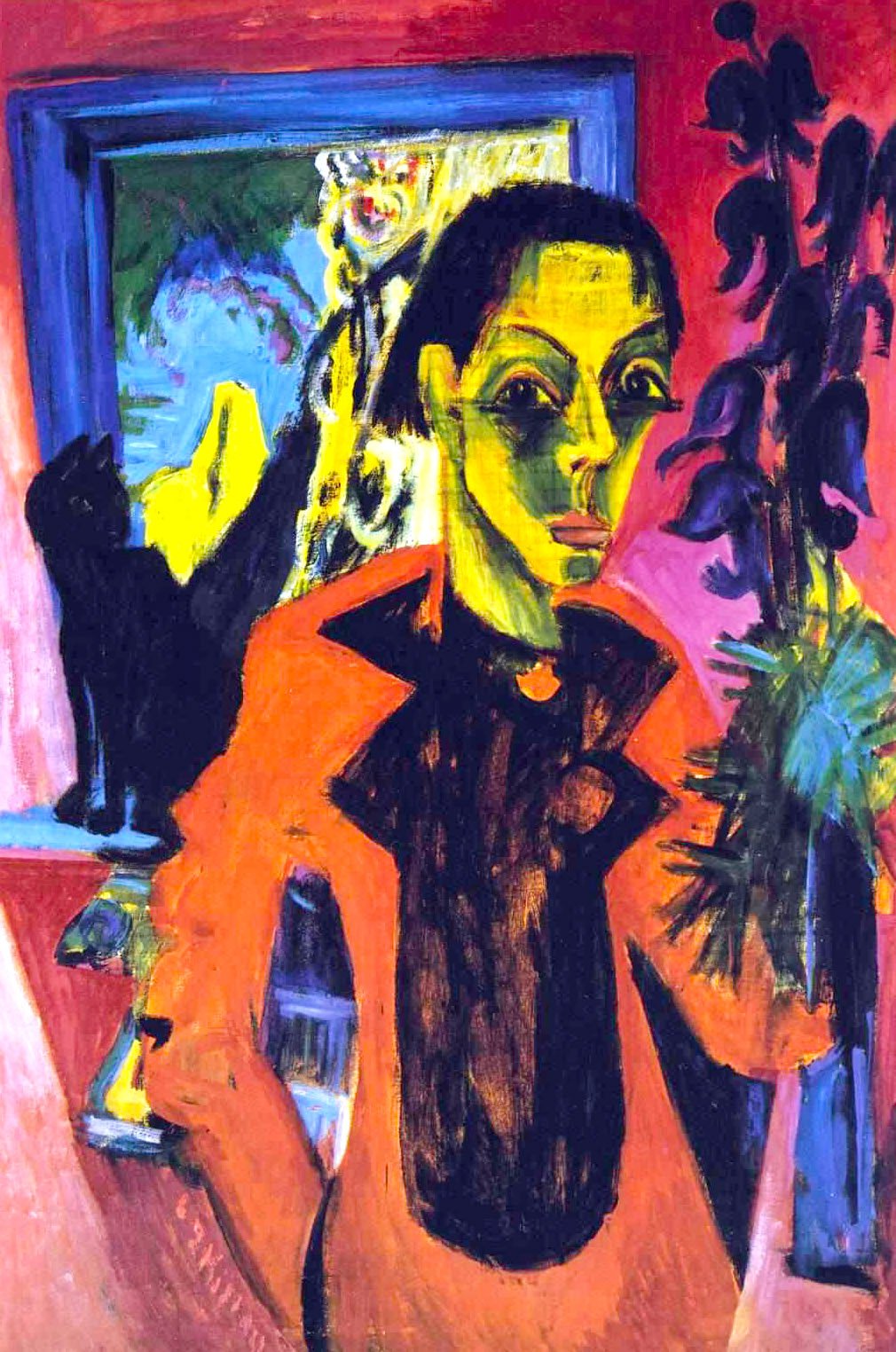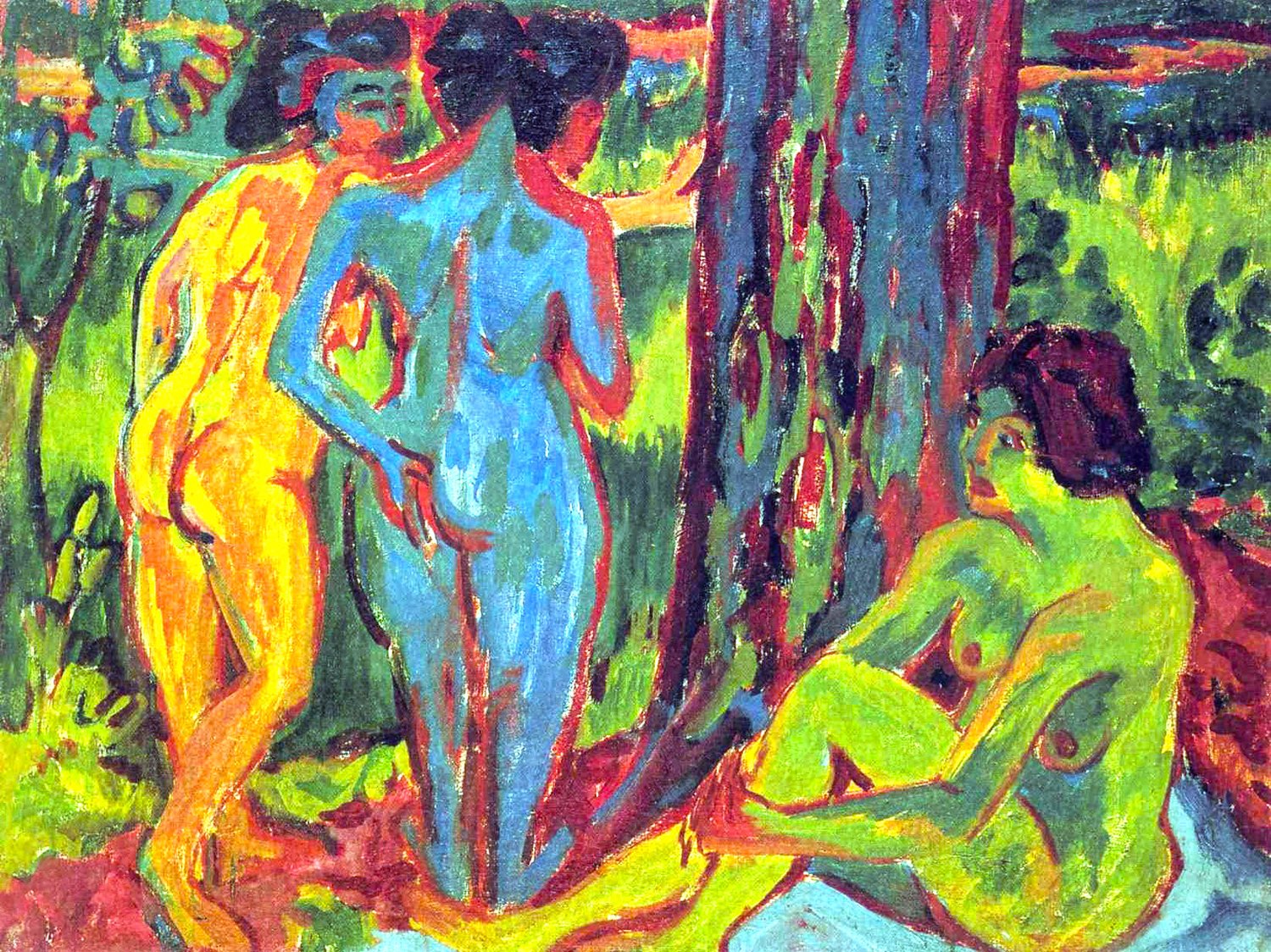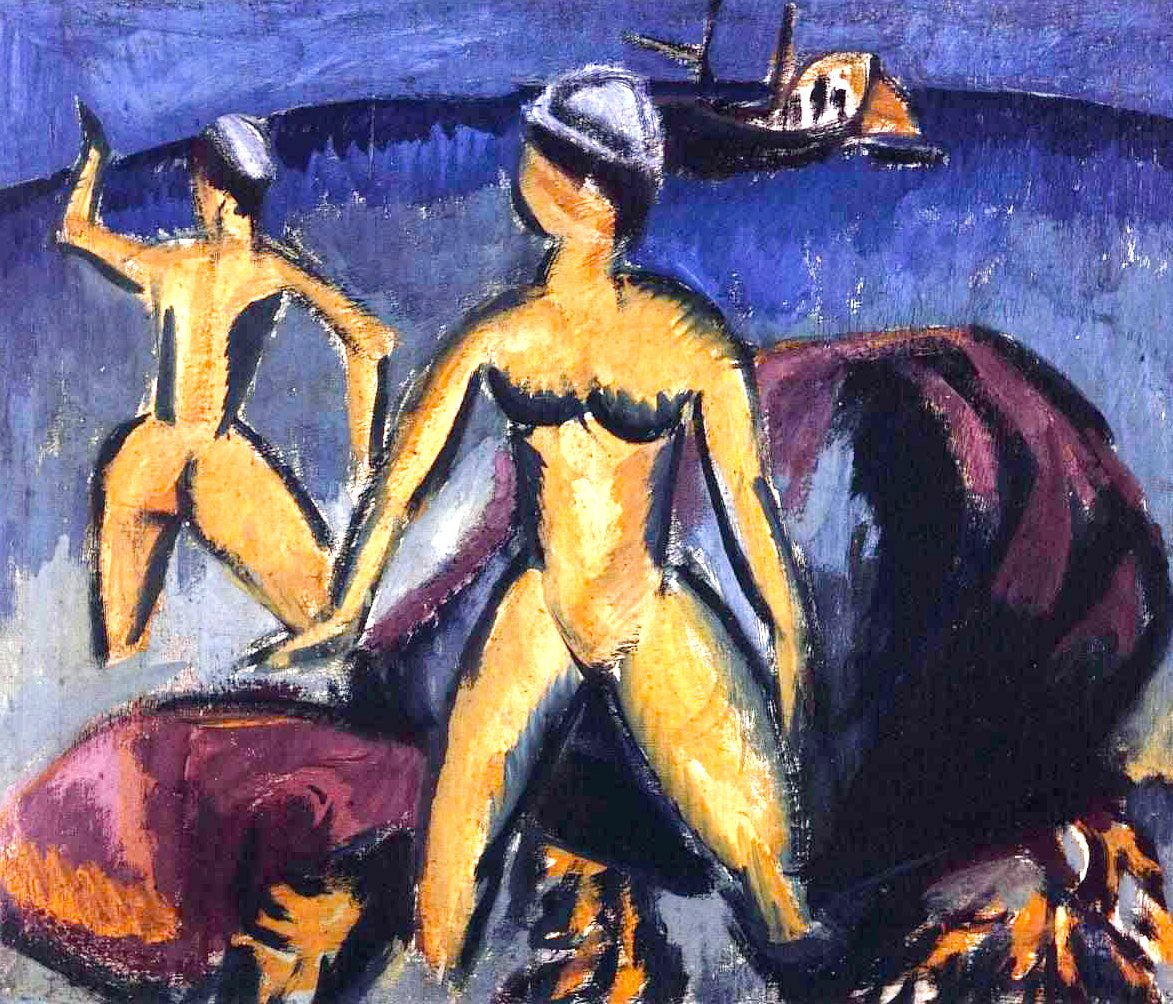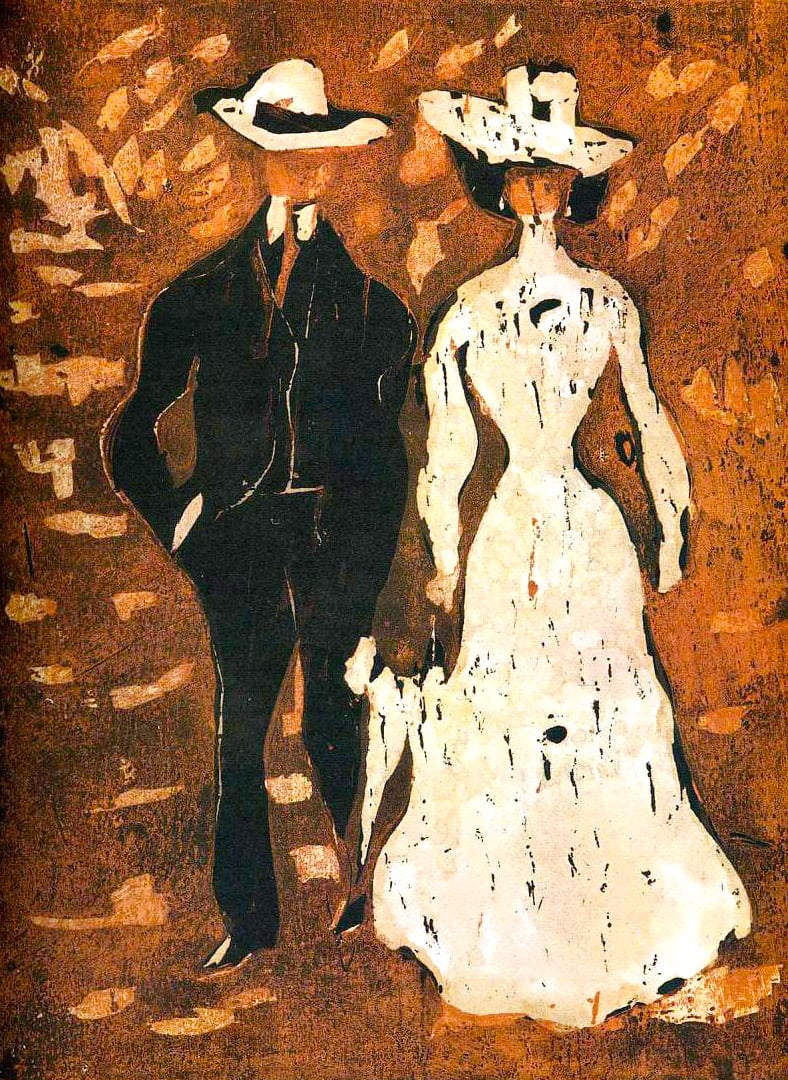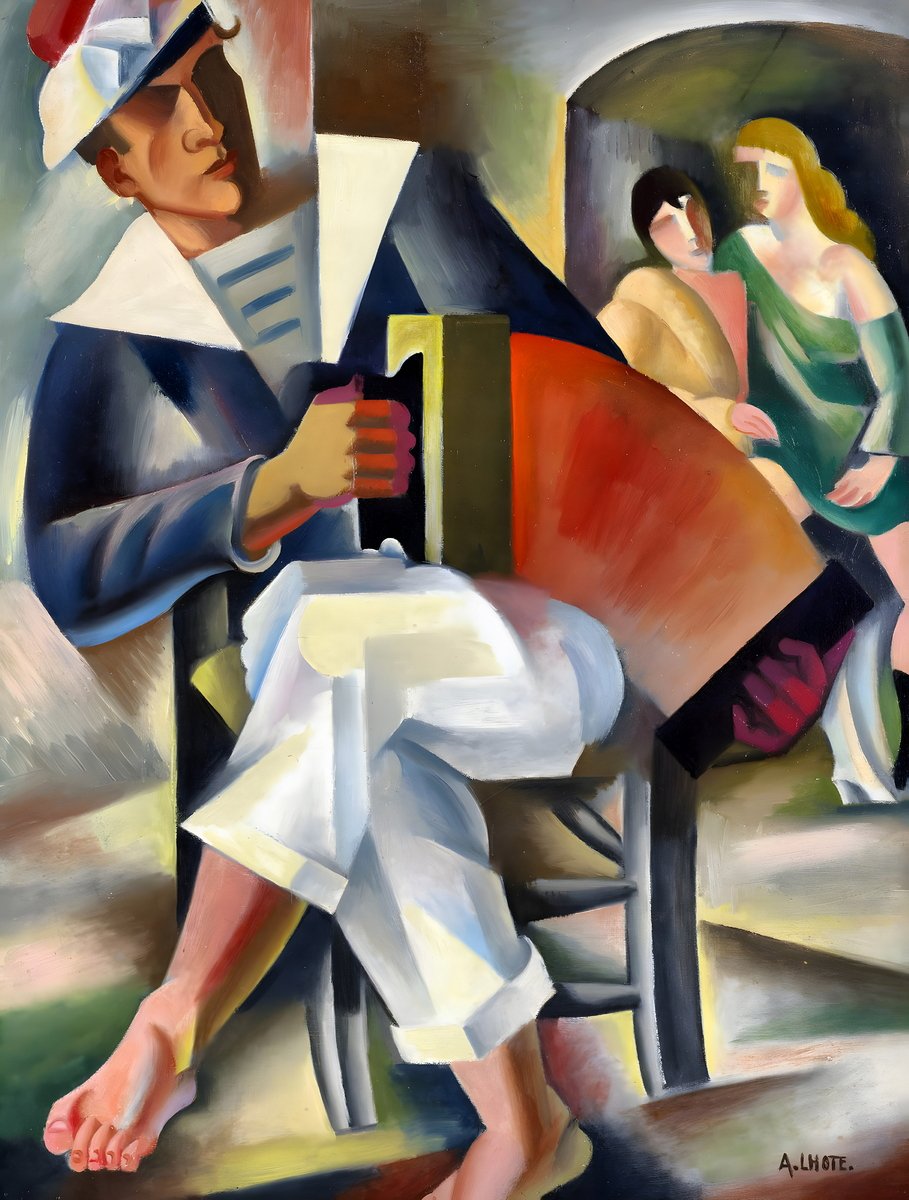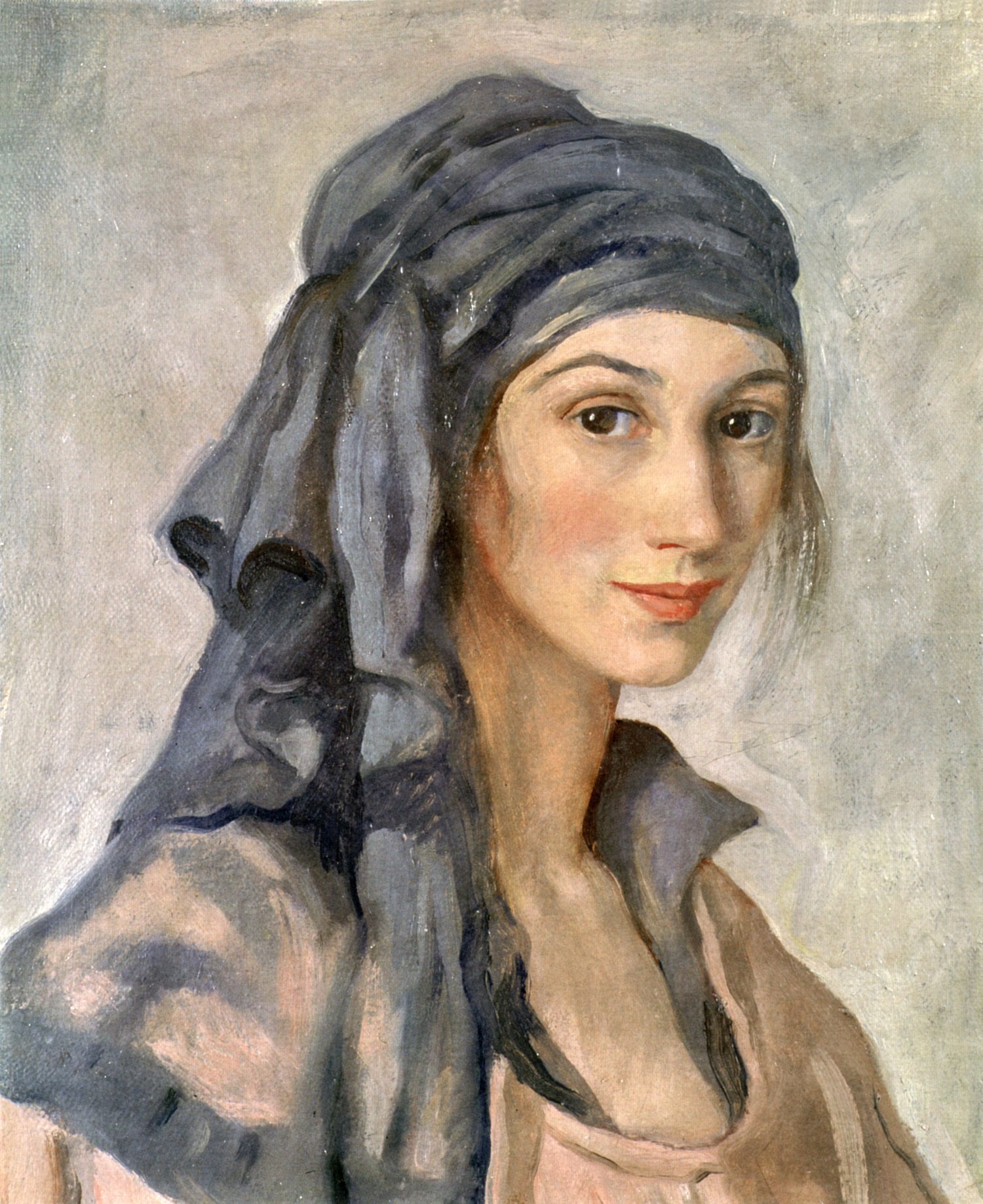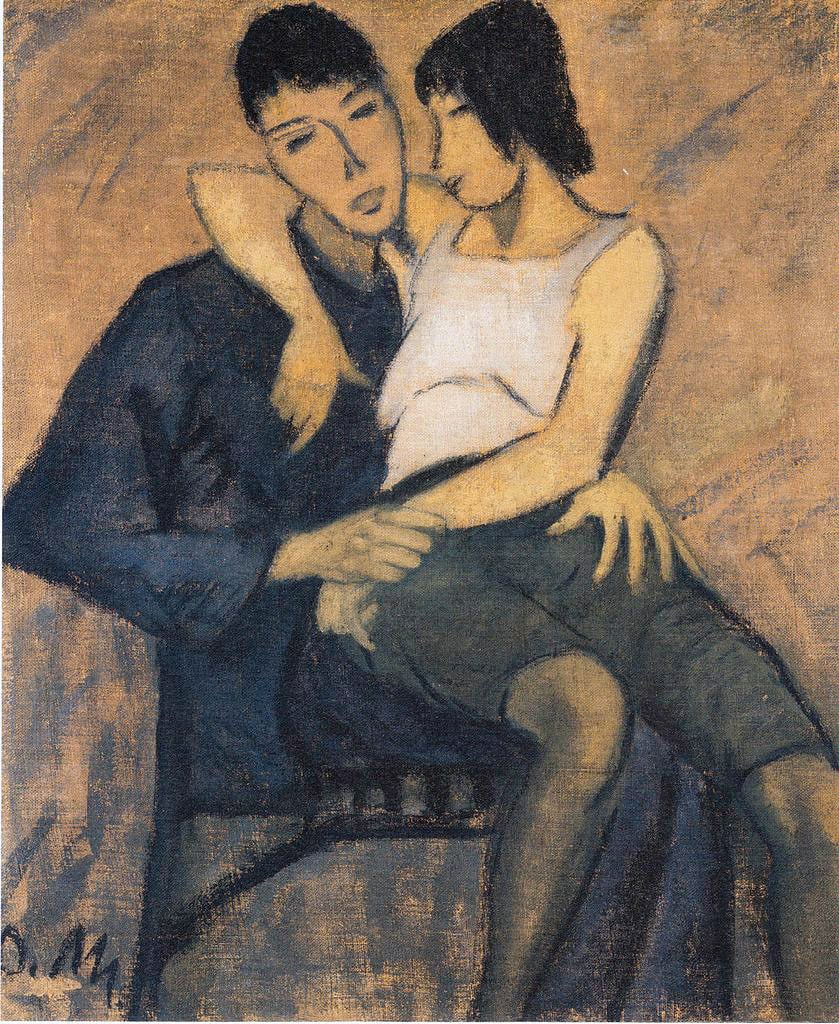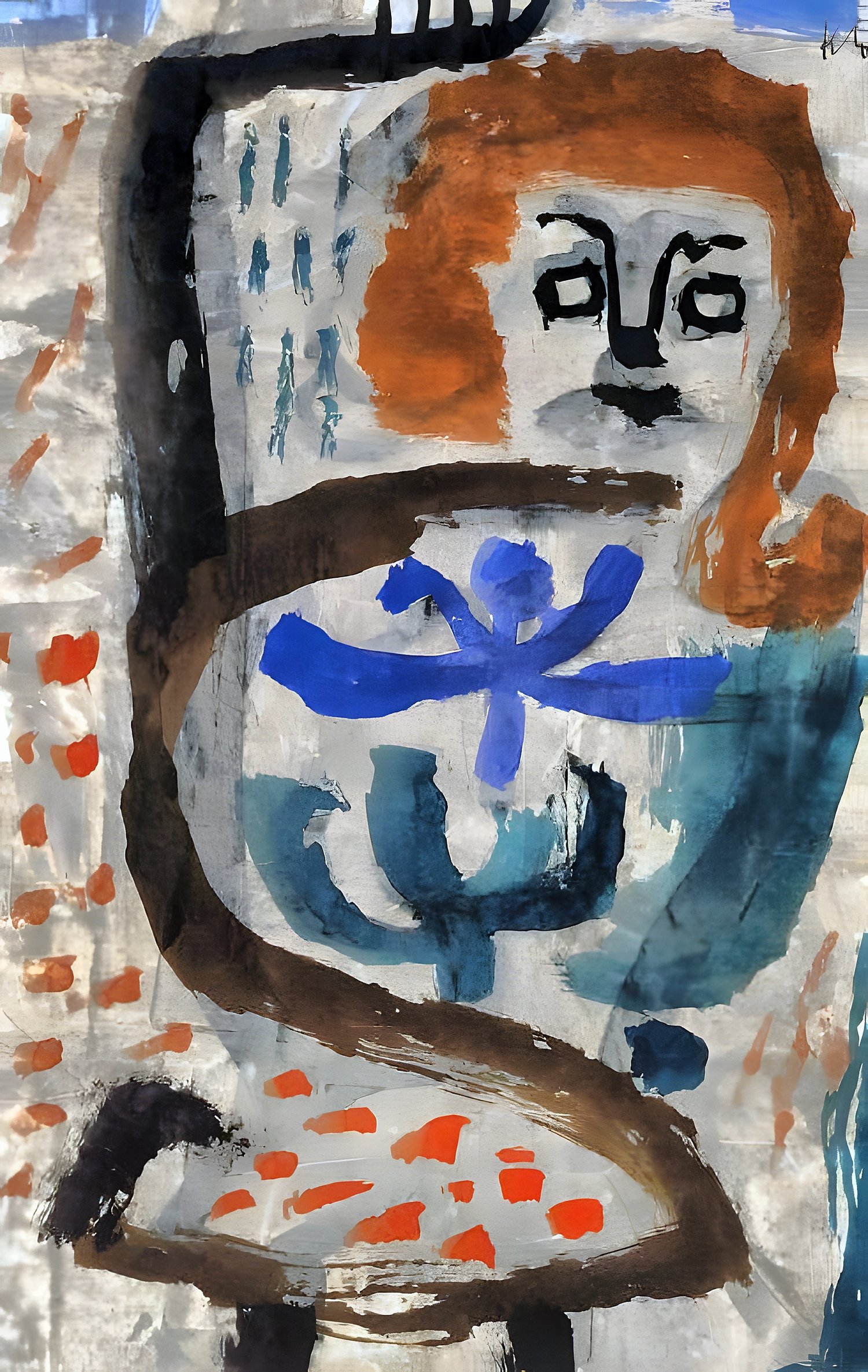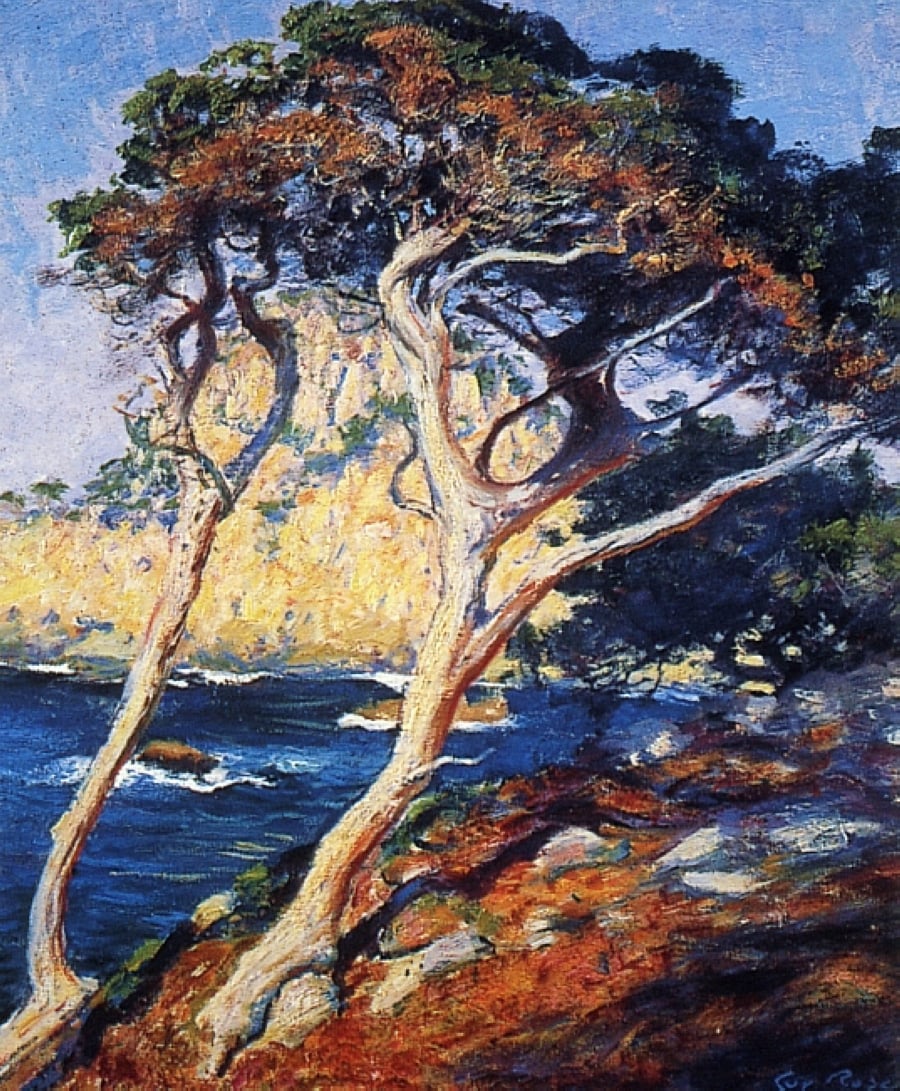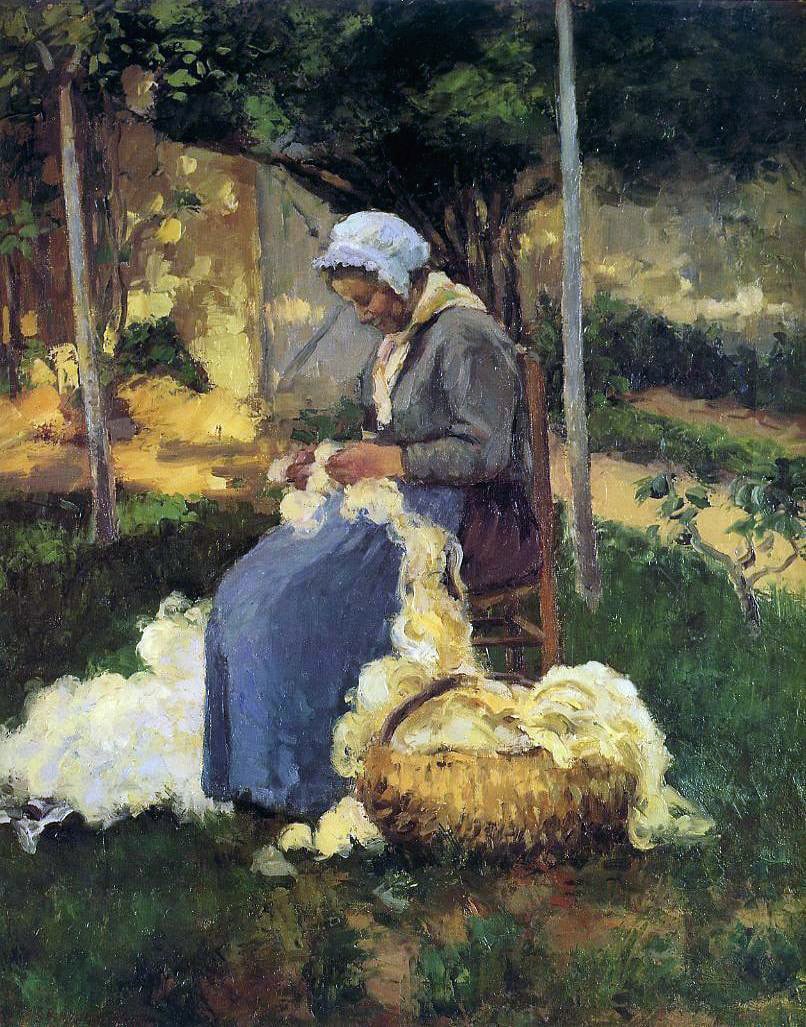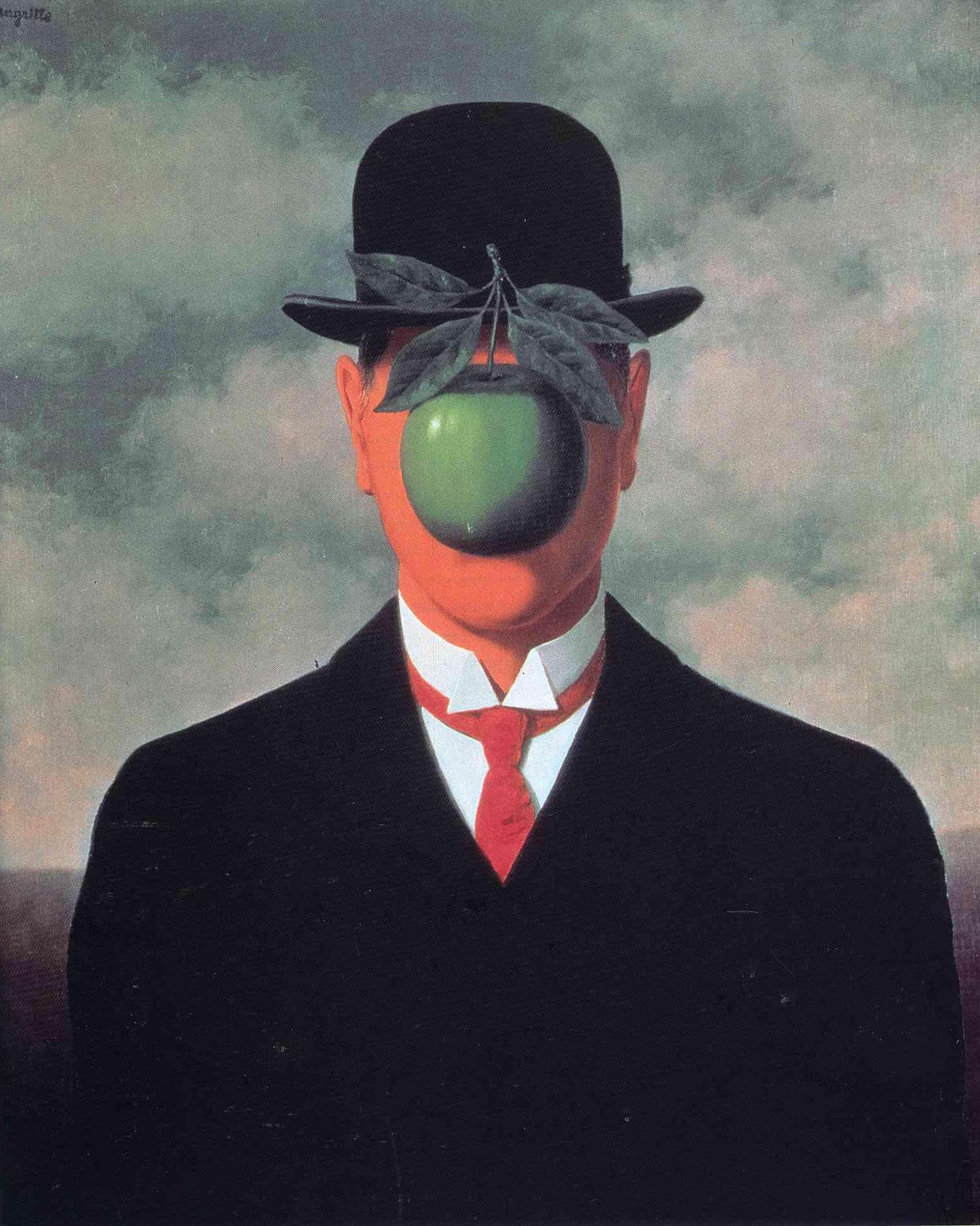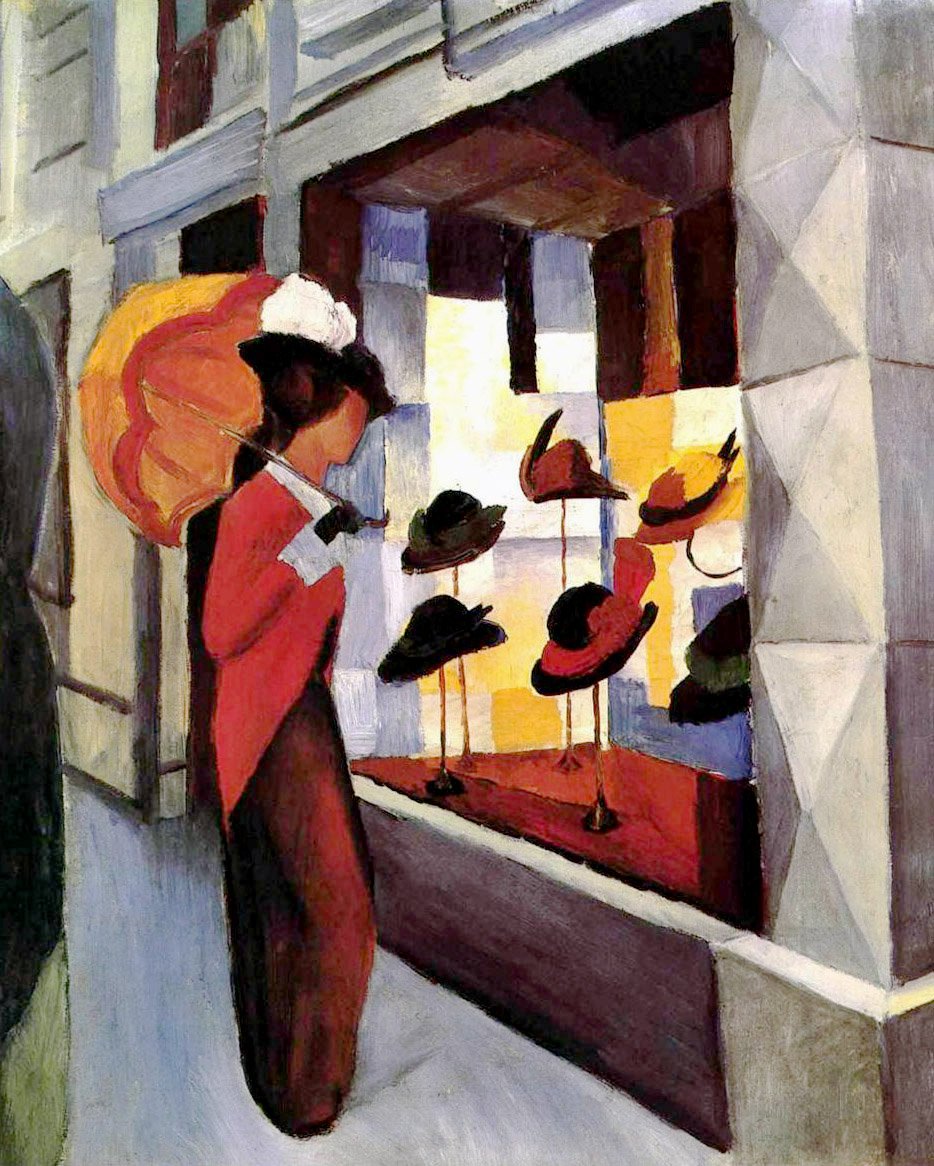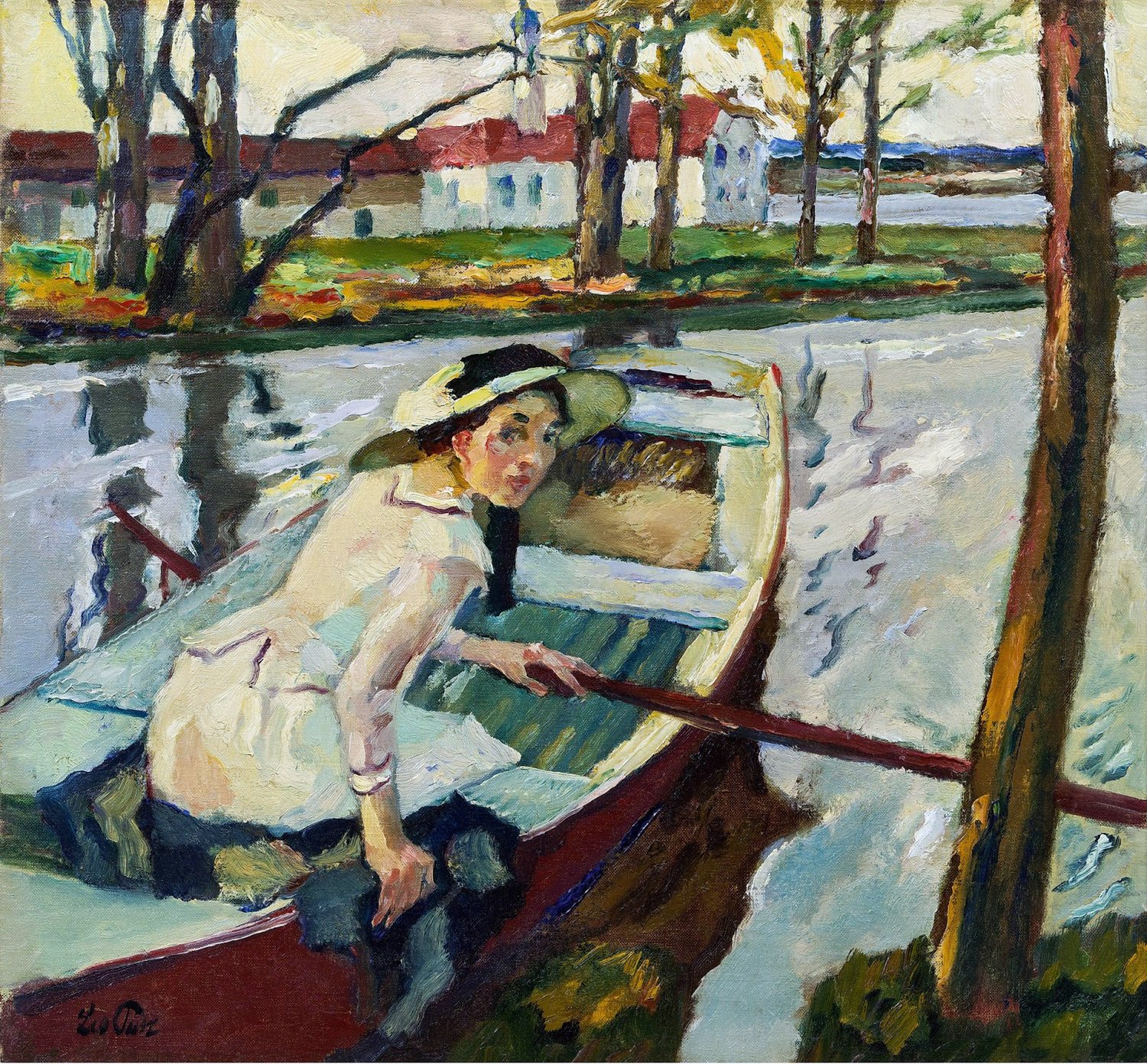Ernst Ludwig Kirchner
On Sale
$0.00
$4.99

E-book in PDF-format with quantity of masterpieces of this artist + Video
Ernst Ludwig Kirchner founded the Art Association "Most" together with three friends and like-minded people. It was the first avant-garde group of artists who formed and printed their own manifest in the form of engraving. They announced a break with academic art and the beginning of a grandiose construction - a virtual bridge from medieval Gothic art directly to the present, to their own quest for a new language in painting.By the time of the "Bridge" Ernst Kirchner was 25 years old, he finished studying at the Higher Technical School in Dresden on an architect, and therefore thoroughly studied both the perspective and the drawing. At the Kirchner workshop in Dresden, for the first time, there was a meeting of the band members: Fritz Blayl, Karl Schmidt-Rotluff and Erich Heckel. These four came up with nudist outfield "plein airs". They went to the island of Fehmarn or Moritzburg lakes, swam naked along with the models and mistresses, practiced gymnastics on the beach and wrote a lot nudity. This provincial young Dresden period is the happiest for Kirchner.
In 1911, the artist moved to Berlin, noisy, fast, feverish, ruthless. Here for Kirchner everything changes quickly: a private art school, in which the participants of the Most believed in, did not use the special success and closed one year after the opening. Each of the four friends-artists, inspired by the possibilities of the metropolis, moves away from others in search of their own path and style. Two years later the group was dissolved. Lonely and confused, Kirchner spends evenings on the streets, drawing dozens of sketches, trying to catch the rhythm of the city, breathing it with electrified, unsettling air, watching the flashing heels of passers-by, prostitutes and thieves, dealers and vagabonds. Pre-war doom and nervous anticipation of the inevitable.
In September 1914 Kirchner volunteered for the war, he was taken as a driver in an artillery regiment. Already in 1915, the artist returned to Berlin, fired from the army with a serious mental disorder: the seizures were so strong that they led to paralysis of the hands and feet. Morphine, alcohol, sanatoria in Switzerland, terrible dreams and terrible self-portraits. It will take years for post-war psychosis to subside, and persistent doctors could at least reduce the dose of morphine to acceptable levels. Months of treatment for a nervous breakdown, periodic pain and paralysis alternate with weeks of fairly successful exhibitions and first financial success. Erna Schilling, Kirchner's faithful lover, whom he met several years before the war, visits the artist in a sanatorium and conducts his business in Berlin. She will be there for the rest of Kirchner's life.
Since 1918, the artist lives in Switzerland. But even from a far, from abroad and long before the huge catastrophe, he will feel an imminent danger. In 1933, with the arrival of the National Socialists in Germany, Kirchner lost everything: his paintings were confiscated from museums, he was expelled from the Academy. In 1938, Kirchner learns that Germany has conquered Austria, and with horror awaits the capture of Switzerland. In the yard of his own house, he will commit suicide, not doubting that a new tragedy will take place in the world, another war that he will not be able to survive.


